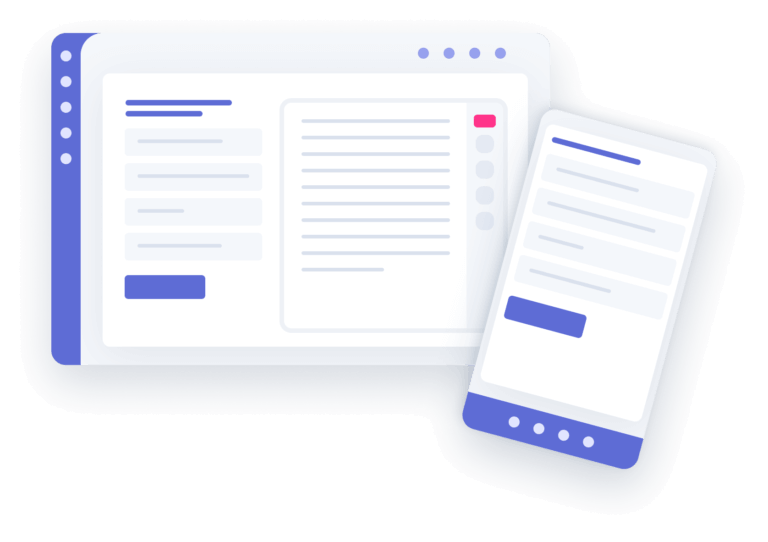- Product
- Use Cases
- Resources
EducationTemplatesSuccess Stories
- Pricing
- Product
- Use Cases
- Resources
EducationTemplatesSuccess Stories
- Pricing
For example, if you’ve sent an email requesting a document from a team member, rather than expecting an immediate response, you’re patient and wait for them to respond later on. There’s a growing body of evidence that shows the productivity benefits of not responding to all requests the moment they come in. In fact, research from the American Psychological Association has found that interruptions can significantly reduce productivity.
Whale is the simple yet powerful standard operating procedure software.
Explore the easiest way to document, train and measure SOPs today!
No CC needed
The primary difference between synchronous and asynchronous communication lies in the timing of the exchange. Synchronous communication requires the presence of all parties at the same time, akin to a live conversation or a meeting. Examples include phone calls, video chats, and live presentations.
On the other hand, asynchronous communication does not require participants to be simultaneously present. This flexibility is what sets it apart and includes methods like emails, online forums, and recorded video messages.
Asynchronous communication offers several advantages, particularly in a business context:
These benefits lead to enhanced productivity, especially in diverse and geographically dispersed teams.
Several tools and methods facilitate asynchronous communication in business environments:
Each of these tools supports the flow of information on a flexible timeline, accommodating the varied schedules of team members and contributing to a more dynamic and adaptable work environment.
This exploration into asynchronous and synchronous communication highlights how businesses can leverage these methods to enhance their operations and adapt to the demands of the modern workplace.
Asynchronous communication, in particular, offers significant advantages by fostering a more flexible and efficiency-driven environment crucial for growth and scalability in today’s global marketplace.
Get your communication template.

What are the top tech tools for scaling business in 2025?
Clients often ask what technology they should adopt in their organizations to help them scale, so we thought we’d share our own top seven list based on what we use within Whale and from our experience with customers

Customer Service SOPs are an essential priority for any business. After all, it’s harder to find new customers than to keep existing ones happy. Consistency is key and will help your team achieve customer service excellence. In this blog we’ll explore just how.

If you’ve been pondering questions like, ‘What is the People Analyzer™?’, ‘How do I use the EOS® People Analyzer?’ and ‘Where does the People Analyzer fit into my business?’, you’re in the right place.
Whale is AI-powered software for documenting processes and training.
No CC needed
